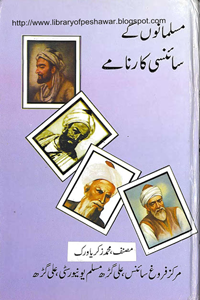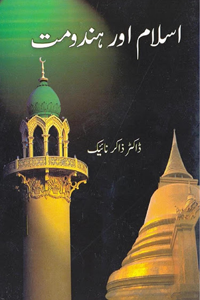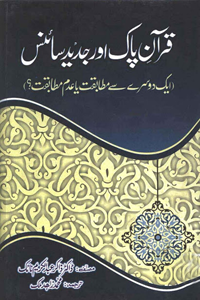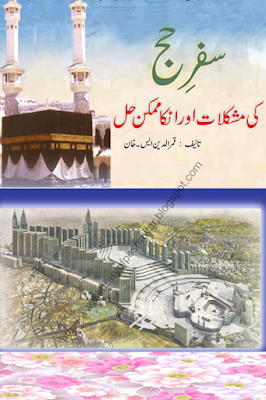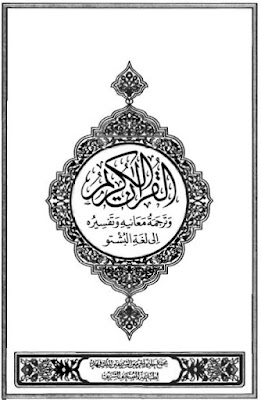| Book Name | Musalmano ke Sciencee Karnamey |
| Author | Muhammad Zakria Virk |
| Publish Year | 2006 |
| Publisher | Markaz Firogh e Science |
| Language | Urdu |
| Genre | Science and Muslims |
| ISBN | NA |
| Download | Link |
Review: Musalmano ke Sciencee Karnamey
Musalmano Ke Sciencee Karname is an Urdu book regarding the exploits of Muslim Scientists in the last 500 years. Historical weave and brief history of inventions and amazing work of Muslim Scholars and Scientists. This book was written by Muhammad Zakaria Virk.
Let us look what discoveries or inventions were made by Muslims but are attributed to European scholars. There could be more, I could find only these.
(1) It is stated that Roger Bacon of England was the first person to draw a diagram for a flying machine, and thought of human flight. Leonardo da Vinci had prepared prototypes of flying machines. The truth is Islamic Spain’s engineer, inventor and aviator Abbas ibn Firnas (d.887) was the first person in history to make a flying machine in Cordoba. He made a glider (or used vulture feathers as wings) with which he flew off a hill in Cordoba and was air-born for few minutes. Upon landing he suffered injuries, because he did not have a tail on the glider, the way birds use their tail upon landing.
(2) Roger Bacon’s masterpiece Opus Majus, fifth chapter is exact copy of ibn al-Haytham’sKitab al-Manzir. This book is available in Queen’s Library, Kingston, I have studied it. Part V is titled Optical science in which he presented ideas of al-Haytham, ibn Sena and ibn Rushd many times.
(3) It is said in the West that glass mirrors were made in Venice in the 13th century i.e 1291. The fact is that glass mirrors were made in Islamic Spain in the 11th century. People of Venice gained the technical knowledge for glass making from Syria.
(4) It is said that first mechanical clock was made in Milan, Italy which was weight driven. Will Durant says in his Age of Faith, first clock was made by Ibn Firnas (810-887) in Cordoba in 9th century. Clocks were made during the time of Caliph Haroon al-Rashid, who had sent a clock as a gift to King Charlemagne of France. Europeans gain knowledge of clock making from the Latin translations of Arabic books.
(5) It is said Galileo was the first person to have invented pendulum. The truth is that Ibn Yunus al-Sadafi al-Misri (950-1009) had invented pendulum in Cairo in the 10th century for time measurement. In his book he had described oscillatory motion. Muslim clock makers used pendulum in their clocks in the 15th century. (Recent research shows this is based on nothing more than an error made in 1684 by the Savilian Professor of Astronomy at Oxford and Arabist Edward Bernard)
(6) Astronomer and mathematician ibn Yunus expressed the solutions in his zij without mathematical symbols, but Delambre noted in his 1819 translation of the Hakemite tables al-Zij al-Kabir al-Hakimithat two of Ibn Yunus' methods for determining the time from solar or stellar altitude were equivalent to the trigonometric identity 2cos(a)cos(b) = cos(a+b)+cos(a-b) identified in Johannes Werner's 16th-century manuscript on conic sections. Now recognized as one of Werner's formulas, it was essential for the development of prosthaphaeresis and logarithms decades later.
(7) Ibn Yunus's observations on conjunctions and eclipses were used in Richard Dunthorne and Simon Newcombs' respective calculations of the secular acceleration of the moon.
(8) Iraqi scientist Yaqoob al-Kindi (800-870) invented a discipline of medicine called posology which dealt with the dosages of the drugs. Dosages for the drugs were a guessing game in the ancient world. He formulated an easy to use table that pharmacists could refer to when filling out a prescription.
(9) Ibn al-Haitham (965-1040) did extensive investigations on light, lenses and camera obscura (dark room Arabic: Bait-e-Muzlima). In fact he invented the pin-hole camera. It is said that Newton was the first person to have stated that white light consists of various colours. The fact is that this discovery was made by ibn al-Haitham and Kamaluddin Farsi, who prepared an edited version of Kitab al-Manazir, titled Tanqih al-Manazir. Ibn al-Haitham is rightly called father of modern optics.
(10) Psychology of perception: Ibn al-Haytham realized, states Professor Charles Gross in his book Brian, Vision, Memory, that a series of logical inferences must occur before sensation can be transformed by the brain into perception. He stressed that the speed of perception demands that these inferences themselves be imperceptible; that is, unconscious to the observer. This is a clear adumbration of Helmholtz's theory of unconscious inference that played so major a role in the 19th century and continues to pervade the modern study of vision. It would be valuable to explore to what extent Helmholtz was aware of Ibn al-Haytham's ideas on the role of unconscious inference in perception. Helmholtz does cite Alhazen in other contexts, such as when reviewing previous explanations of the moon illusion. Furthermore, Ibn al-Haytham's use of the time required for a perception has, in the last decade, become one of the principal methods for analyzing the "unconscious inferences" that underlie perception. Tales in the History of Neuroscience by Charles G. Gross (Bradford Book, 1999).


